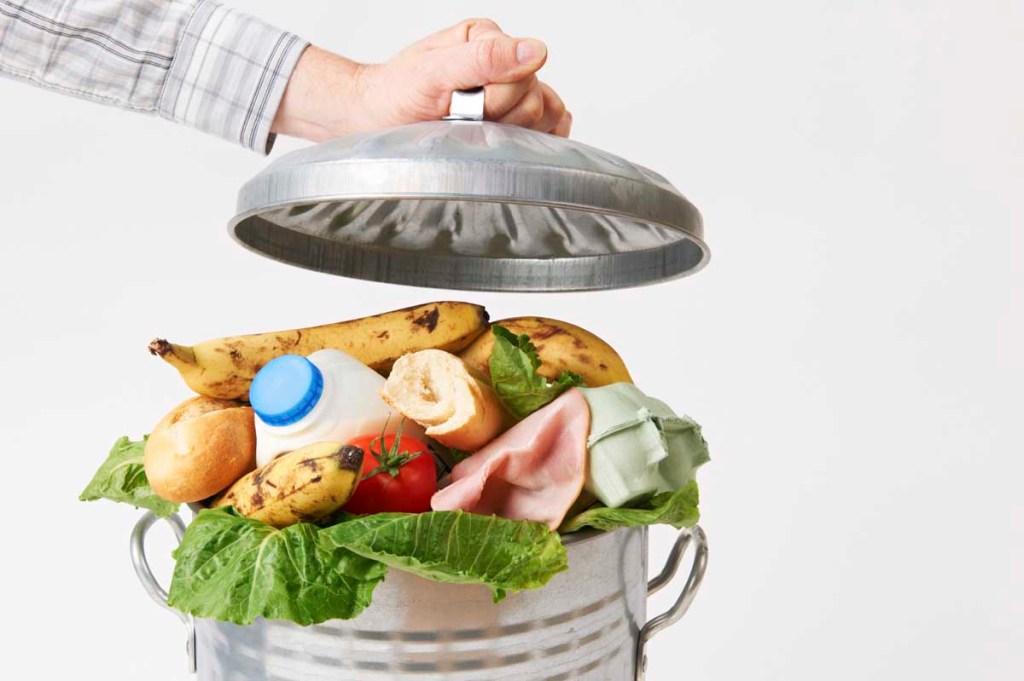Americans piling up wasted food
Published 9:30 am Friday, July 24, 2015

- Food waste
ST. LOUIS — If you ever eat dinner with JoAnne Berkenkamp, you’ll more than likely feel guilty by the end of the meal once you’ve left half a salad or a chunk of fish uneaten.
“When people hear what I do, they almost always start apologizing,” admits Berkenkamp, one of the nation’s premiere experts on food waste, who says the topic usually flies “kind of under the radar screen.”
Berkenkamp’s group, the National Resources Defense Council, is preparing to release a report that she and her colleagues are considering calling “Still Wasted.”
It’s a sequel to the 2012 report “Wasted,” dealing with America’s eating habits.
It’s impossible not to feel a tad guilty about not shoveling down every morsel when Berkenkamp describes how Americans waste about 40 percent of their food each year — about $162 billion worth — even while 1 in 6 Americans goes hungry.
All the uneaten food that ends up in the trash costs the average family of four about $1,500 annually.
Americans waste so much that they could completely fill California’s Rose Bowl stadium with food every day.
The problem threatens to drive up the cost of landfills. That’s the destination of about 95 percent of wasted food — often fruits, vegetables and seafood that tend to have shorter shelf lives.
Berkenkamp, who spoke to journalists this week at a workshop on food issues organized by the National Press Foundation, blames the issue on huge portion sizes that are impossible to consume.
Another factor is an intense dislike of leftovers — which have better odds of ending up in the trash than in the stomach.
But the federal government adds to the problem, too, she said, because it doesn’t standardize a method of date labeling for food.
Contrary to popular perception, “sell by” or “best by” dates have nothing to do with food safety, she said. Rather they’re meant to signal grocery stores as to product quality.
It’s up to consumers to sniff, probe, inspect and research their foods to decide if they’re safe.
“People are confused,” Berkenkamp said.
That leads 9 in 10 Americans to needlessly throw away food, according to the Food Marketing Institute, which represents more than 1,200 retailers.
“Everybody is afraid their food is going to kill them,” she said.
While information about food safety is at the tip of the fingers these days, thanks to the Internet, privately run websites seem to have the most comprehensive, easily accessible information.
One such site is shelflifeadvice.com.
For instance, the site notes, eggs are usually good for 3 to 5 weeks after the sell-by date — as long as they’re refrigerated.
As experts try to come up with a better approach to labeling, Berkenkamp said many Americans embrace a catchy food philosophy: “When in doubt throw it out.”
Unfortunately, she says, much of that doubt is misplaced. Too much food gets tossed even when it’s safe.
Janelle Stecklein covers the Oklahoma Statehouse for CNHI’s newspapers and websites. Reach her at jstecklein@cnhi.com.




